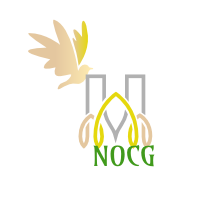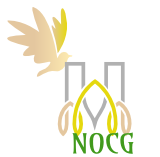Ideally you can integrate the tools with other business platforms in the organization, perhaps via interfaces like xAPI or using some other standard option. The findings (Figure4) presented four major KM strategies adopted in the organizations, namely, hybrid, peopleoriented, technologyoriented, and processoriented [24, 25]. Among the three KM pillars, people was rated with a mean score of 4.19, which was higher than technology and process pillars with respective scores of 3.88 and 3.71. Q: Which of the following help us to manage content and collaborate? The higher the mean, the higher the perceived importance of the particular pillar toward the organizational performance. Organizations invest in KM technology, such as document management systems and yellow pages, which enables the presentation of captured knowledge in readily available forms for different users. To understand effective KM practices, interviews were conducted with the senior management from two locally renowned KMintensive organizations; the interviewees serve as key informants who steer and propagate KM. Through collective inquiry, sharing, and assimilation of knowledge, innovations and desirable organizational outcomes are boosted [1, 10]. About Guild Members Organizations harnessing a hybrid strategy to balance deployment of people, process, and technology gain positive results in their performance. When dealing with people, who are the most precious (and the only) source of knowledge, several basic questions have to be answered and communicated clearly to employees. Content management systems like a knowledge base can be greatly enhanced by a tool like a relevance platform, which well dig more into below. Good leaders try to improve their employees' morale and encourage them to work as a team. Correlation of perceived importance, practice, and organizational performance. The bond among people can be strengthened through the participation of knowledge workers characterized by different roles (e.g., novice, regulars, and experts) in the community. Although the inclination toward a particular KM pillar enables organizations to exploit their KM resources, the inattentive practice or underutilization of other KM pillars may hinder their longterm growth in todays dynamic environment. Other examples of the companies are promoting values and norms, strategy implementation process and several measurements programs. Organizations may have to devote extra resources to convert them into demonstrative video or narrative good practices that can be learned by knowledge seekers through a different mode. Management should also integrate KM processes allowing employees to harness, access, share, use, and create knowledge at different stances [21]. The four main components of knowledge management are corporate culture, people, process, and technology. For example, future activity can be extended to the behavioral traits of knowledge workers, impact of different KM processes on sustaining competitive advantages, and complementary and substitutability roles of IT in KM process. The company General Motors conducts the best research so that there could be the focus on the real day-to-day challenges (GM.com, 2017). But knowledge sharing will not happen if it is not included in the onboarding of new hires or in integration processes for mergers and acquisitions.
Missing Persons Spokane, Wa 2021,
Bbc Sport Presenters Today,
Articles K




